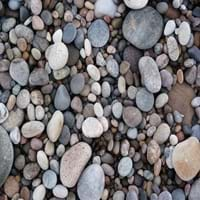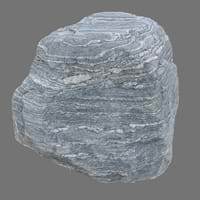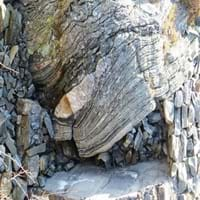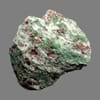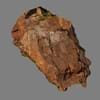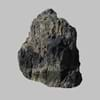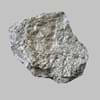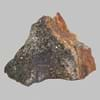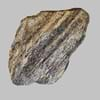Migmatite is typically a granitic rock within a metamorphic host rock which is composed of two intermingled but distinguishable components 0
From the Greek word migma which means a mixture 0
Durable Rock, Medium Hardness Rock 0
Coarse Grained Rock, Fine Grained Rock, Medium Grained Rock, Opaque Rock 0
Black, Bluish - Grey, Brown, Brown- Black, Dark Greenish - Grey, Dark Grey to Black 0
Dull, Banded and Foilated 0
Countertops, Flooring, Kitchens 0
As Building Stone, As Facing Stone 0
As Dimension Stone, Cement Manufacture, for Road Aggregate, Making natural cement 0
Cemetery Markers, Jewelry, Tombstones, Used to manufracture paperweights and bookends 0
Diatexites and Metatexites 0
Generally rough to touch, Is one of the oldest rock 0
Archaeological Significance
0
Migmatites form by high temperature regional and thermal metamorphism of protolith rocks where rocks melt partially due to high temperature. 0
Biotite, Chlorite, Feldspar, Garnet, Graphite, Hornblade, Micas, Muscovite or Illite, Quartz, Quartzite, Silica, Zircon 0
Aluminium Oxide, NaCl, CaO, Carbon Dioxide, Iron(III) Oxide, FeO, Potassium Oxide, Magnesium Carbonate, MgO, MnO, Phosphorus Pentoxide, Silicon Dioxide, Titanium Dioxide 0
Burial Metamorphism, Cataclastic Metamorphism, Regional Metamorphism 0
Biological Weathering, Chemical Weathering, Mechanical Weathering 0
Chemical Erosion, Glacier Erosion, Water Erosion, Wind Erosion 0
Medium to Fine Coarse Grained 0
Dull to Pearly to Subvitreous 0
Heat Resistant, Pressure Resistant 0
Deposits in Eastern Continents
0
China, India, Iran, Iraq, Kazakhstan, Kyrgyzstan, Mongolia, Russia 0
Cameroon, Ethiopia, Ghana, Kenya, Madagascar, Morocco, Mozambique, Namibia, Nigeria, Tanzania, Togo 0
Albania, Austria, Bosnia and Herzegovina, Finland, France, Georgia, Germany, Hungary, Italy, Kosovo, Monaco, Norway, Poland, Romania, Serbia, Slovakia, Slovenia, Sweden, Switzerland, Ukraine, United Kingdom 0
Deposits in Western Continents
0
Canada, Costa Rica, Cuba, Mexico, Panama, USA 0
Argentina, Bolivia, Brazil, Chile, Colombia, Ecuador, Peru, Venezuela 0
Deposits in Oceania Continent
0
New South Wales, New Zealand, Queensland, Victoria 0
Learn more about Properties of Migmatite
What is Migmatite? In this section, we will learn more about properties of Migmatite i.e. physical and thermal properties. Physical properties of Migmatite include Color, Streak, Hardness, Structure, Cleavage, Fracture, Luster, Specific Gravity etc. The strength of Migmatite is Not Available. Streak of Migmatite is white while its cleavage is poor. Luster of Migmatite is dull to pearly to subvitreous and its fracture is irregular. Migmatite is opaque in nature. Know all about Migmatite, What is Migmatite, its composition, features, facts and reserves in next sections.
Know about Composition of Migmatite
What is Migmatite composed of? Get to know about composition of Migmatite here. Migmatite definition gives information about the Formation of Migmatite and its composition.The composition of Migmatite can be further divided into mineral and compound content. The mineral content of Migmatite rock includes Biotite, Chlorite, Feldspar, Garnet, Graphite, Hornblade, Micas, Muscovite or Illite, Quartz, Quartzite, Silica, Zircon and The compound content of Migmatite rock includes Aluminium Oxide, NaCl, CaO, Carbon Dioxide, Iron(III) Oxide, FeO, Potassium Oxide, Magnesium Carbonate, MgO, MnO, Phosphorus Pentoxide, Silicon Dioxide, Titanium Dioxide. Almost all rocks undergo transformation process. Know all about Migmatite rock in next section.
